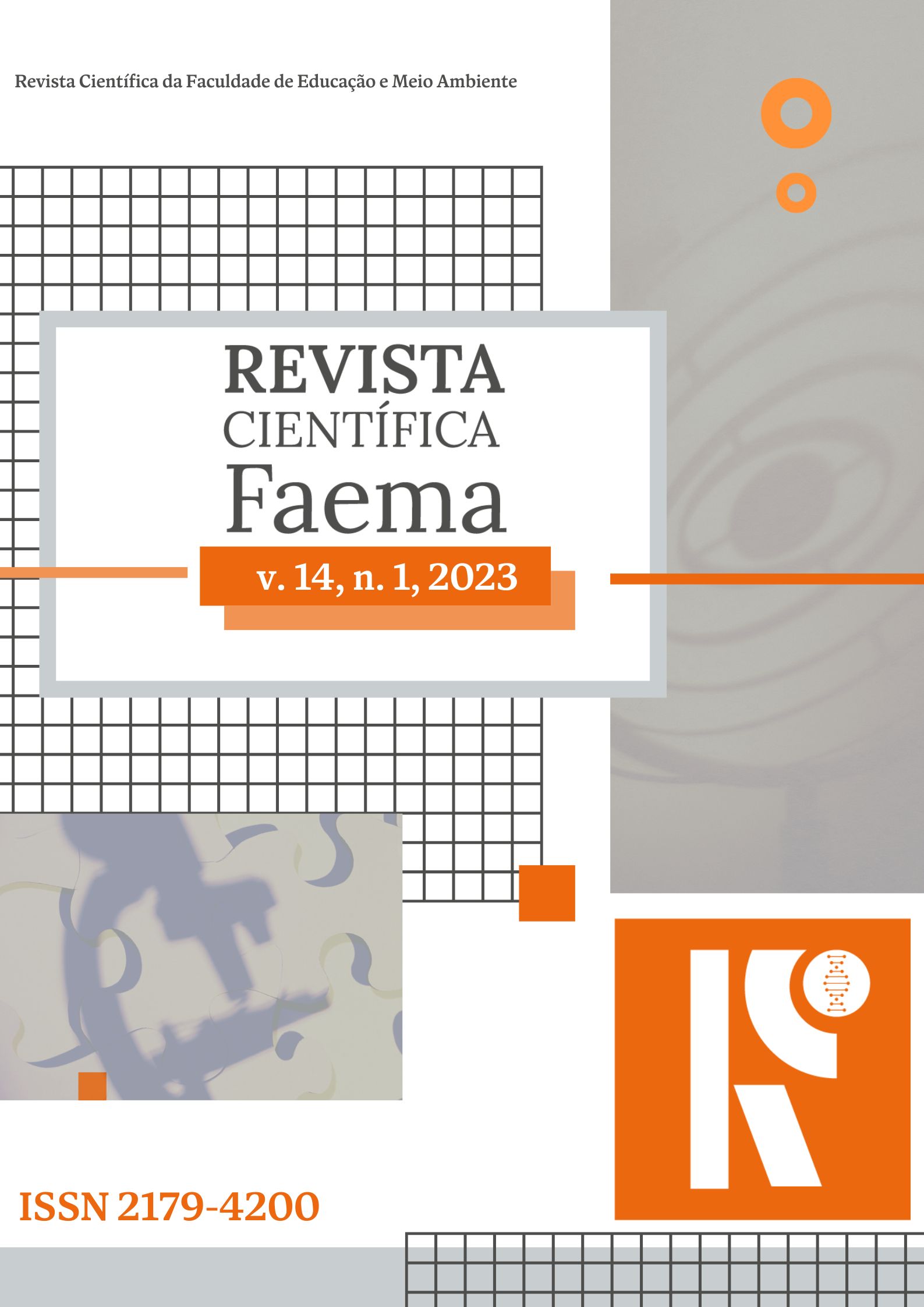THE FINAL DISPOSAL OF AÇAÍ STONE IN THE ADMINISTRATIVE DISTRICT OF ICOARACI, PARÁ
Main Article Content
Abstract
The açaí stone is an industrial residue of the açaí production cycle and became a major socio-environmental problem in the northern region of Brazil, where the population consumes this fruit. The stone has no use, and sellers discard it irregularly. Thus, the present study sought to know the daily production of açaí stone, as well as their removal frequency, transport, and final destination in the Administrative District of Icoaraci, Pará. To be carried out, the researchers divided the work into three stages. First, we execute technical visits to 26 establishments, depending on the availability of each one. Then, we visited the identified final disposal points. Finally, we made the map. The stores produce around 125±21,14 kg d-1 of açaí stone, 34.6% have their waste transported by the municipal garbage truck, and 65.4% use alternative transport. The municipal garbage truck operates with a frequency of three collections per week, and alternative transport operates daily or weekly. Here, we identified six areas of irregular final disposal of açaí stone, three of which had a large amount of this residue. So, the irregular arrangement of açaí stone in the area is notable, representing a socio-environmental obstacle that the various social strata of the Administrative District of Icoaraci must remedy through joint actions.


